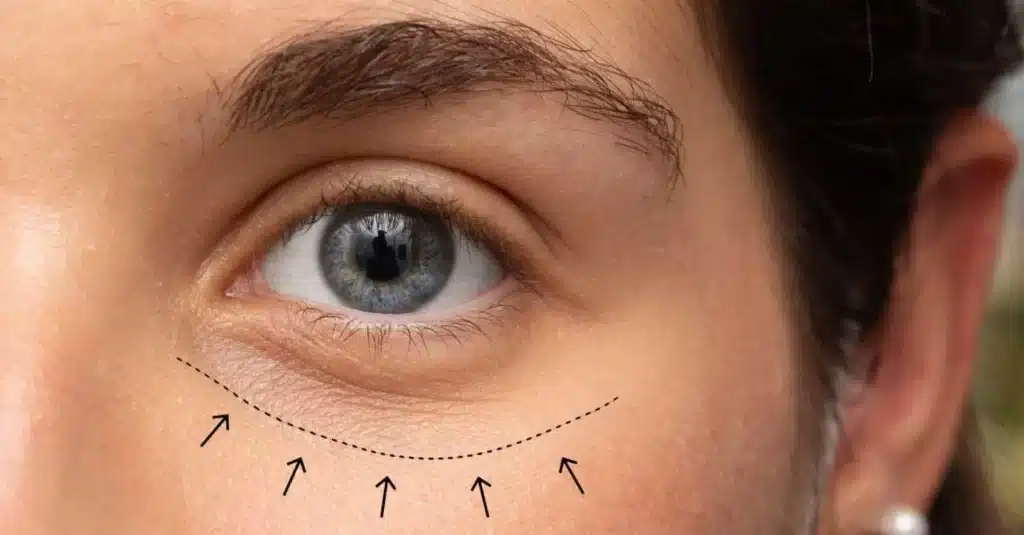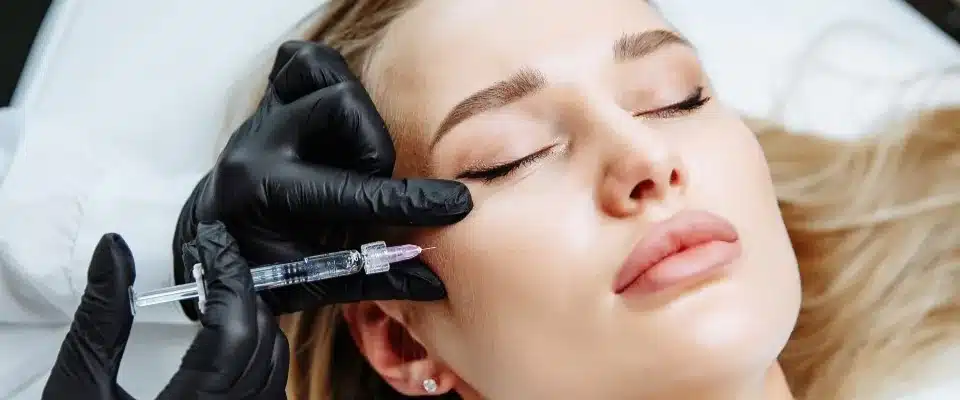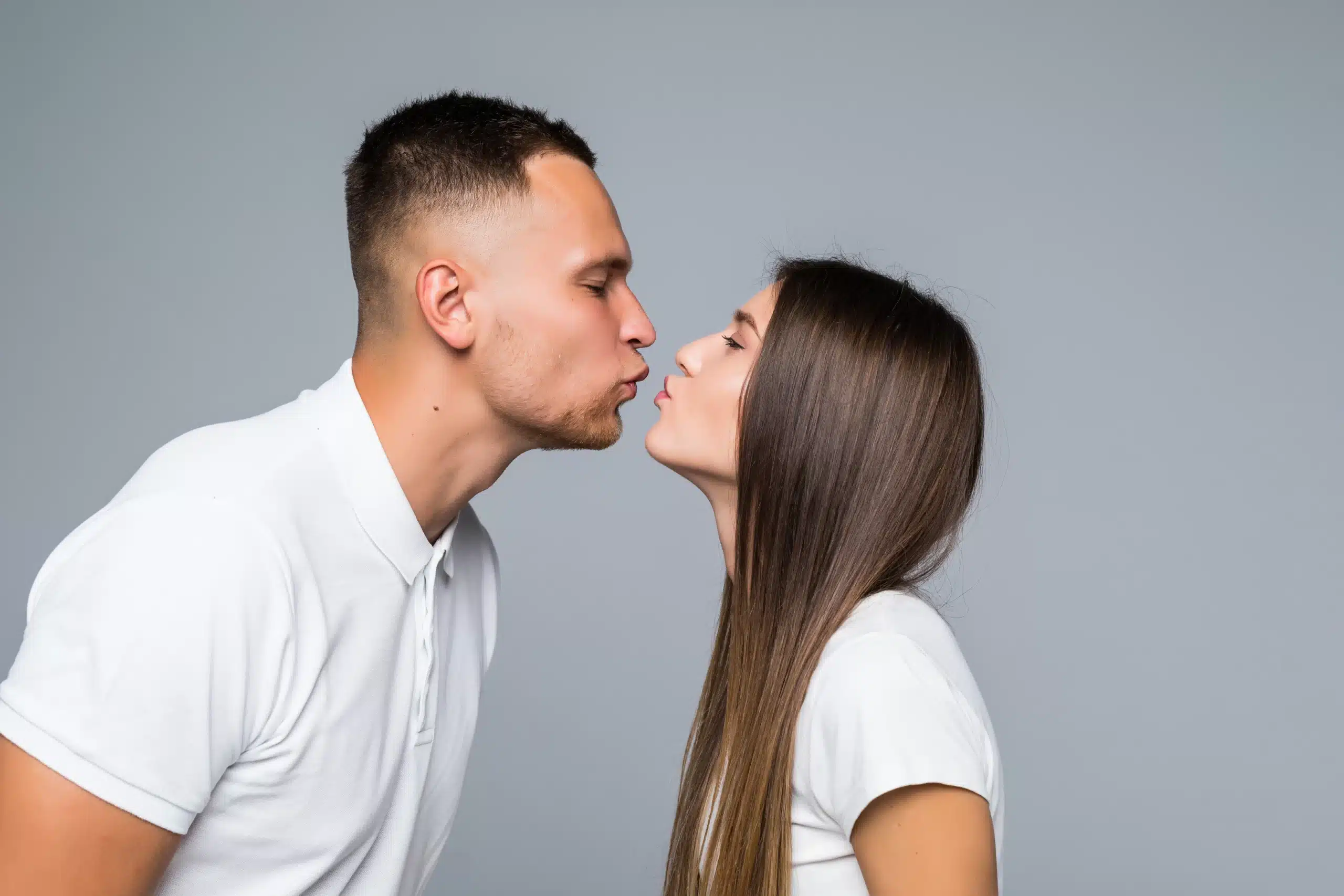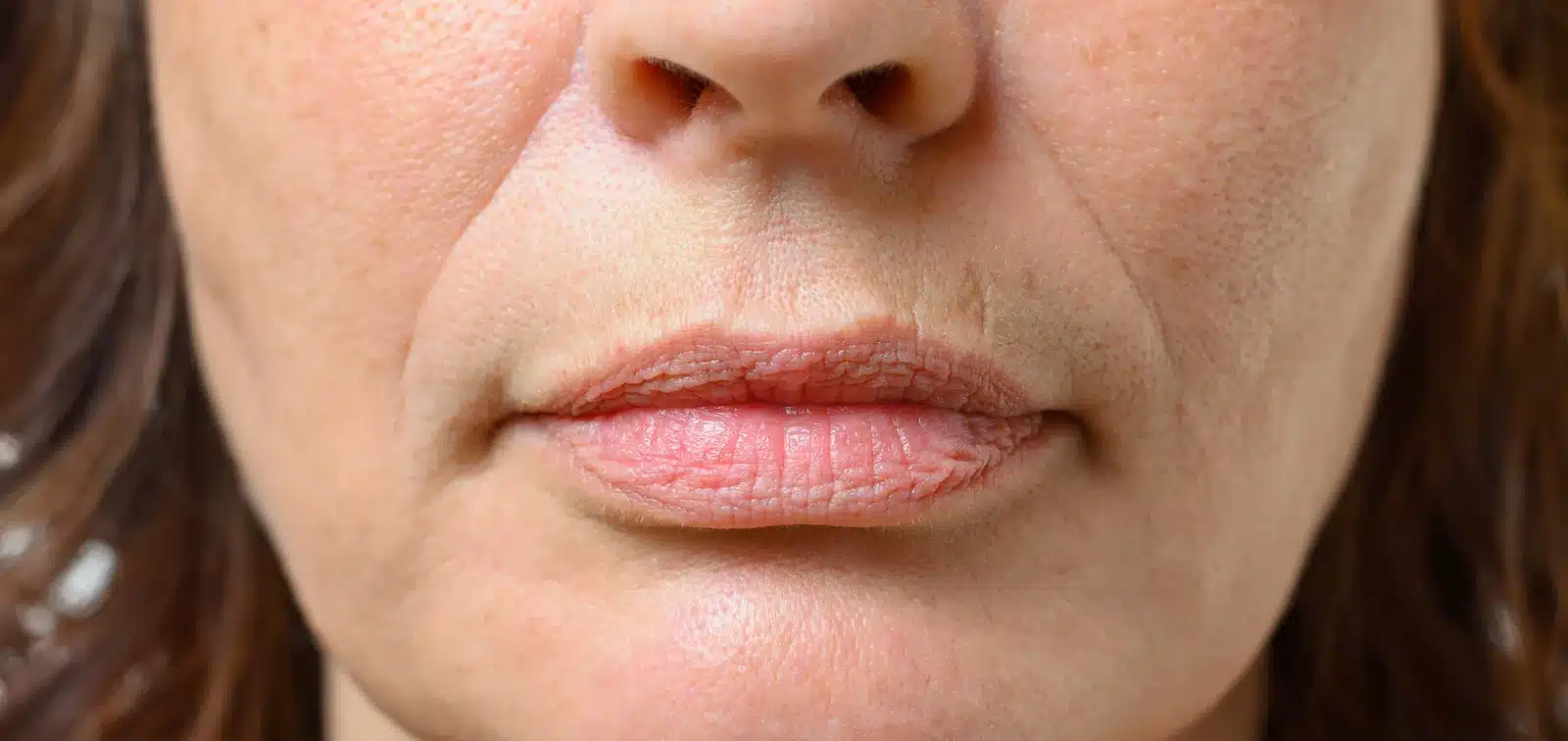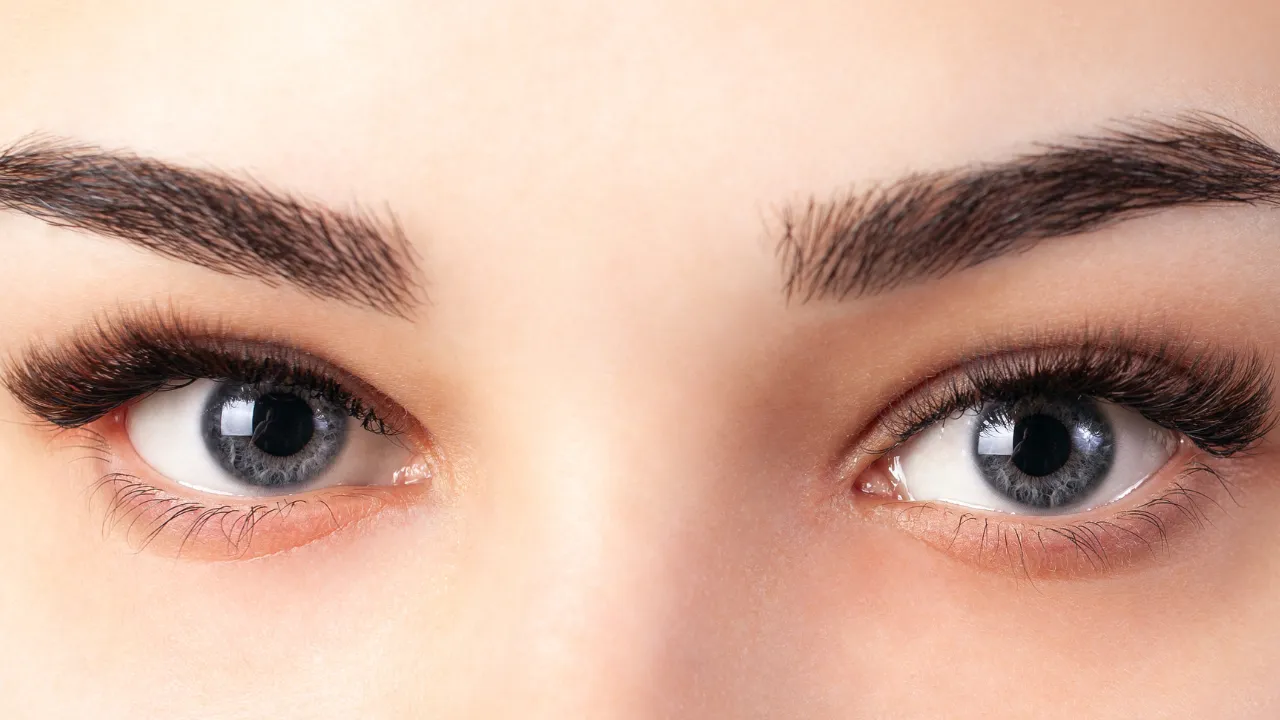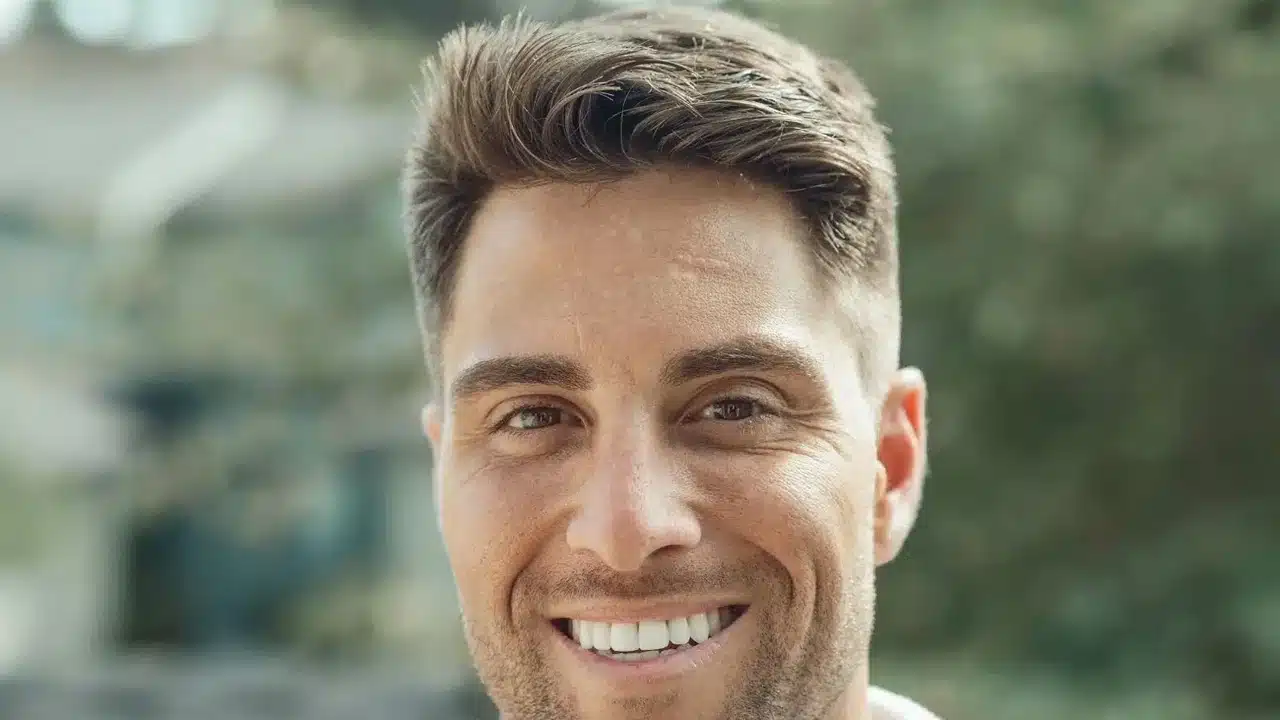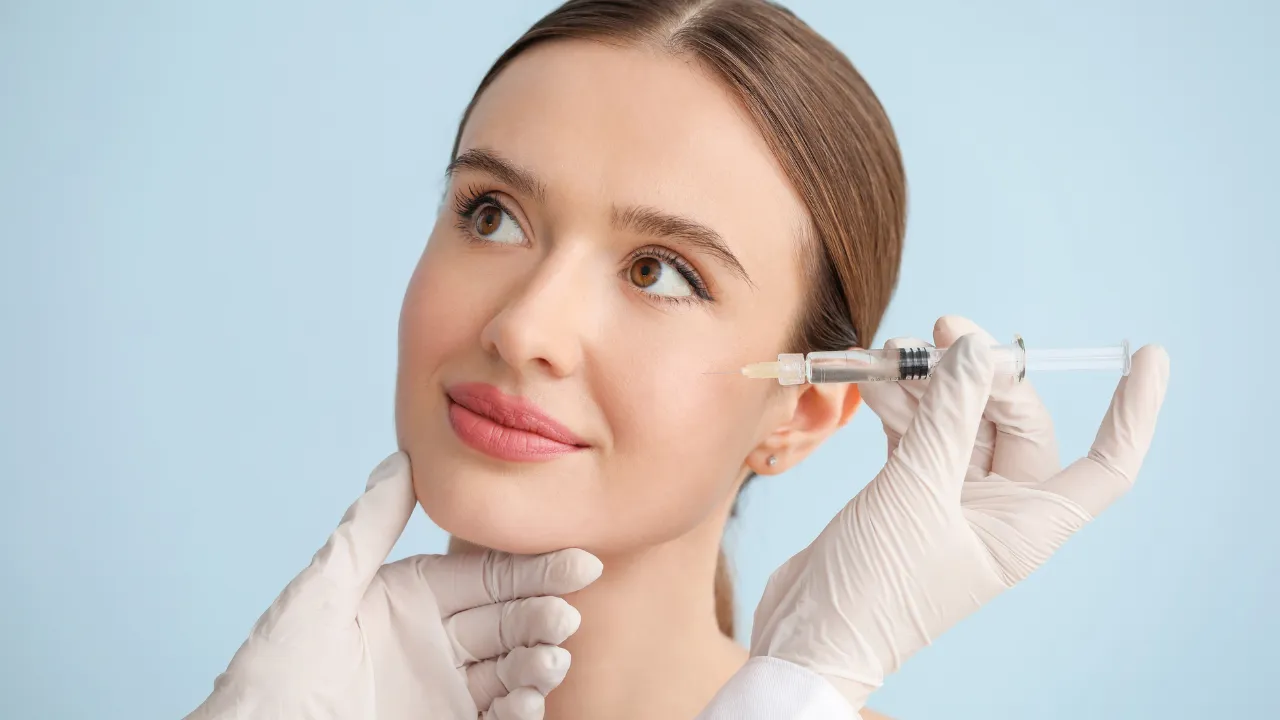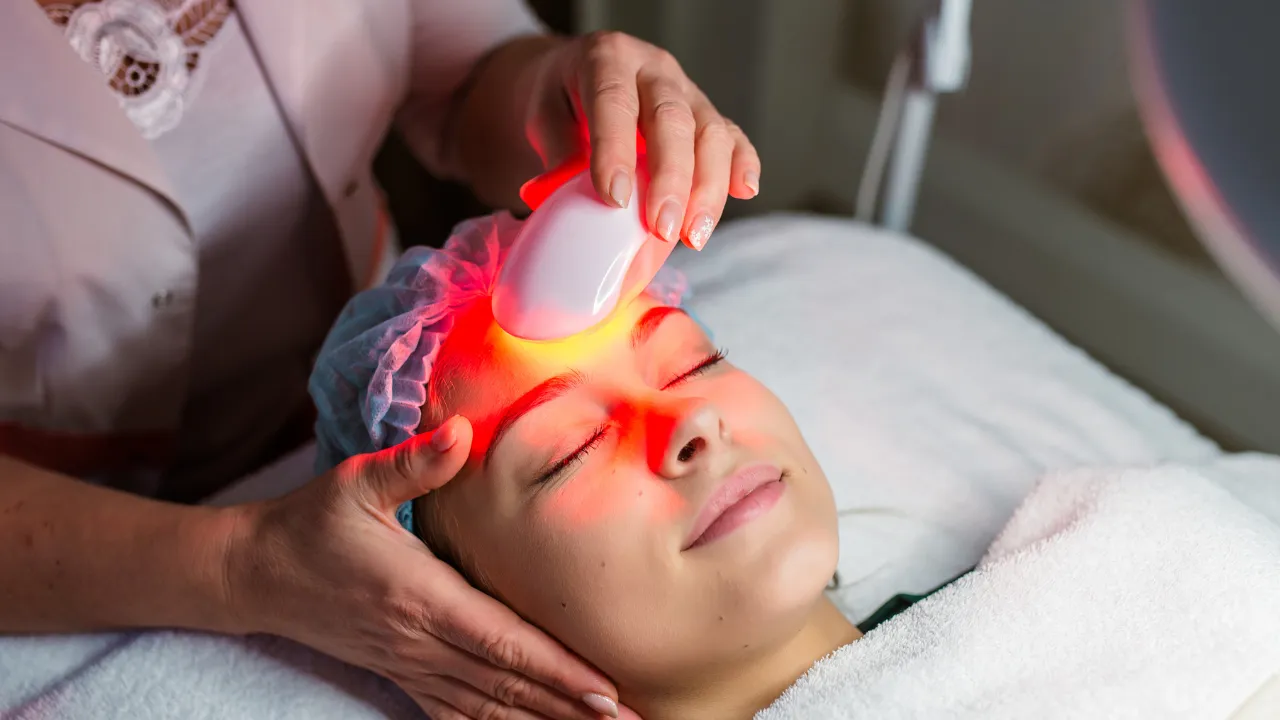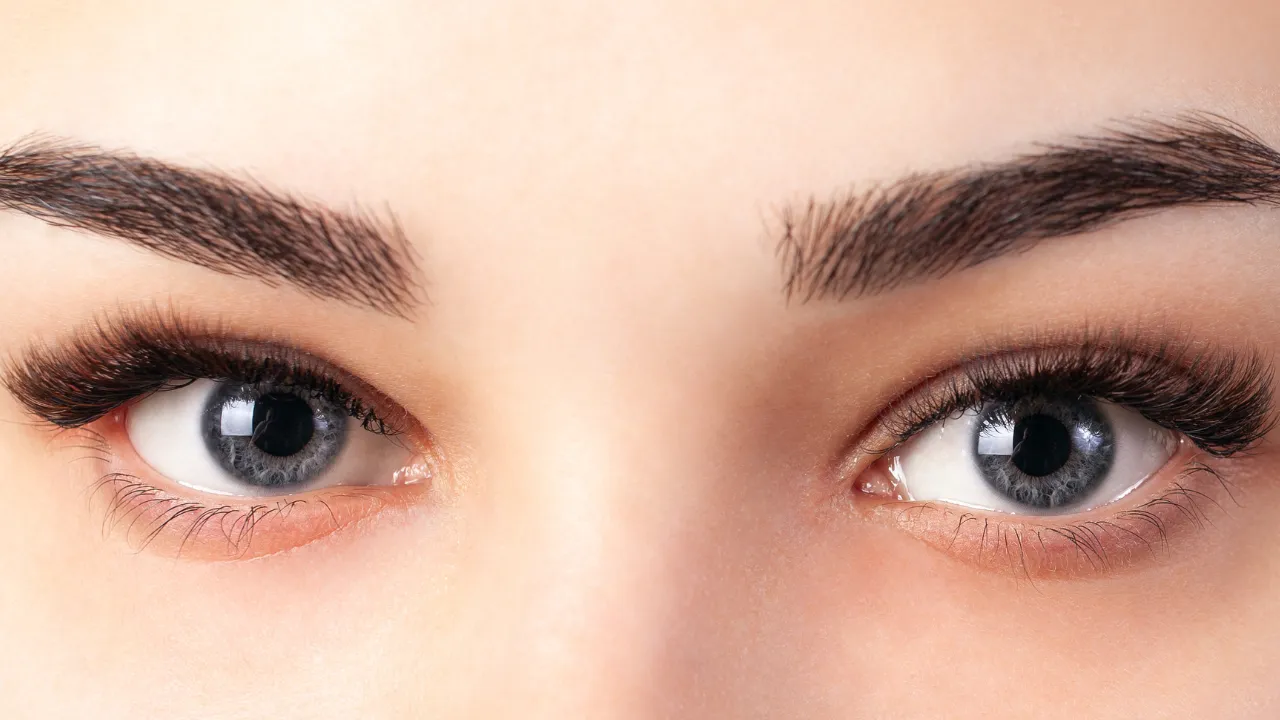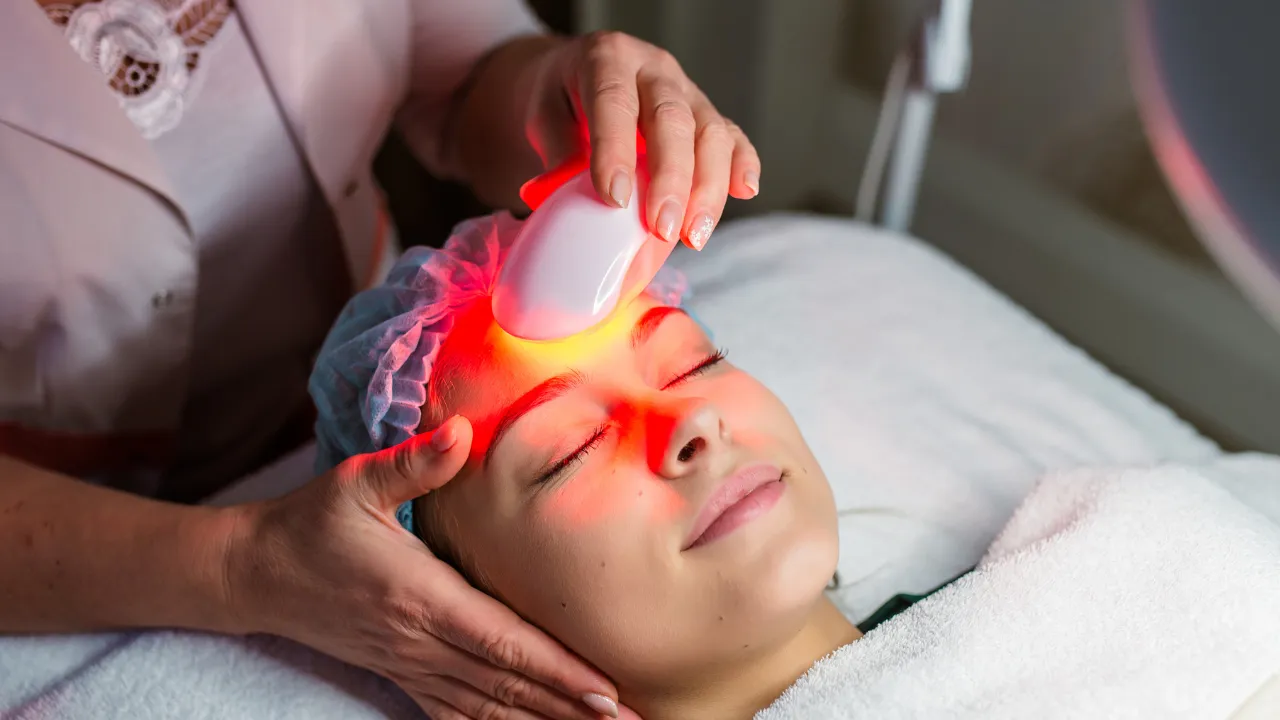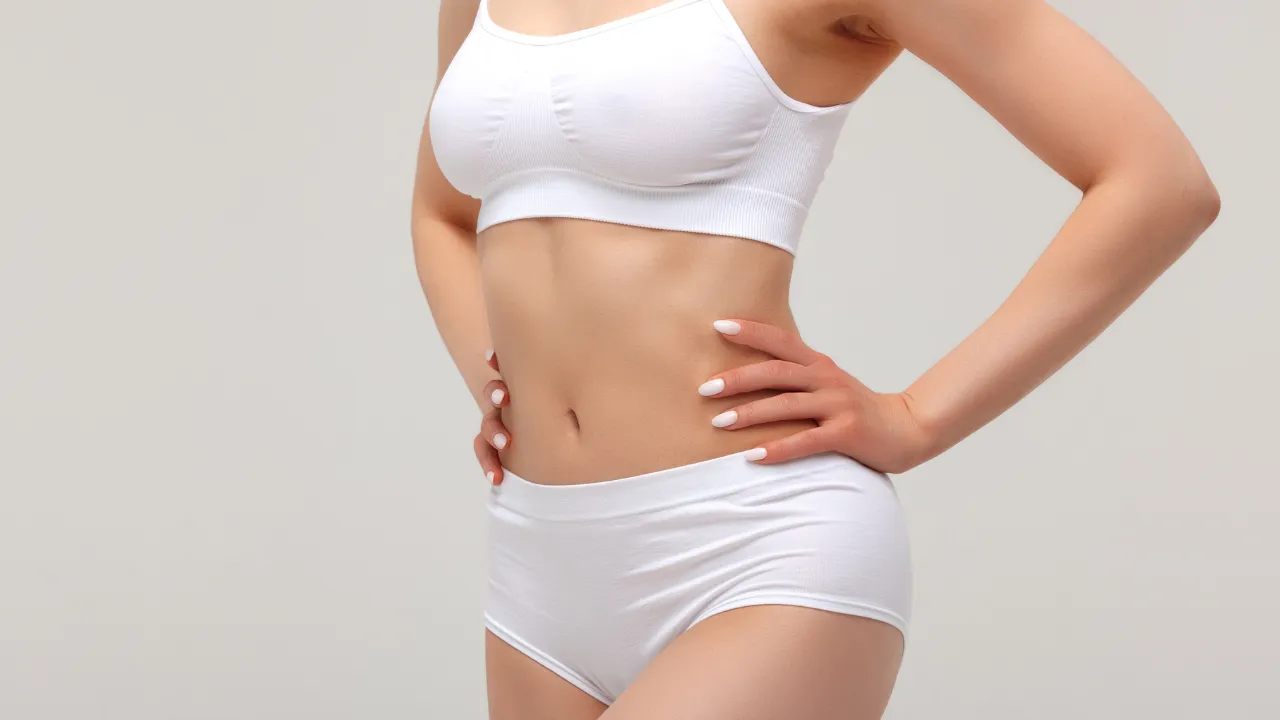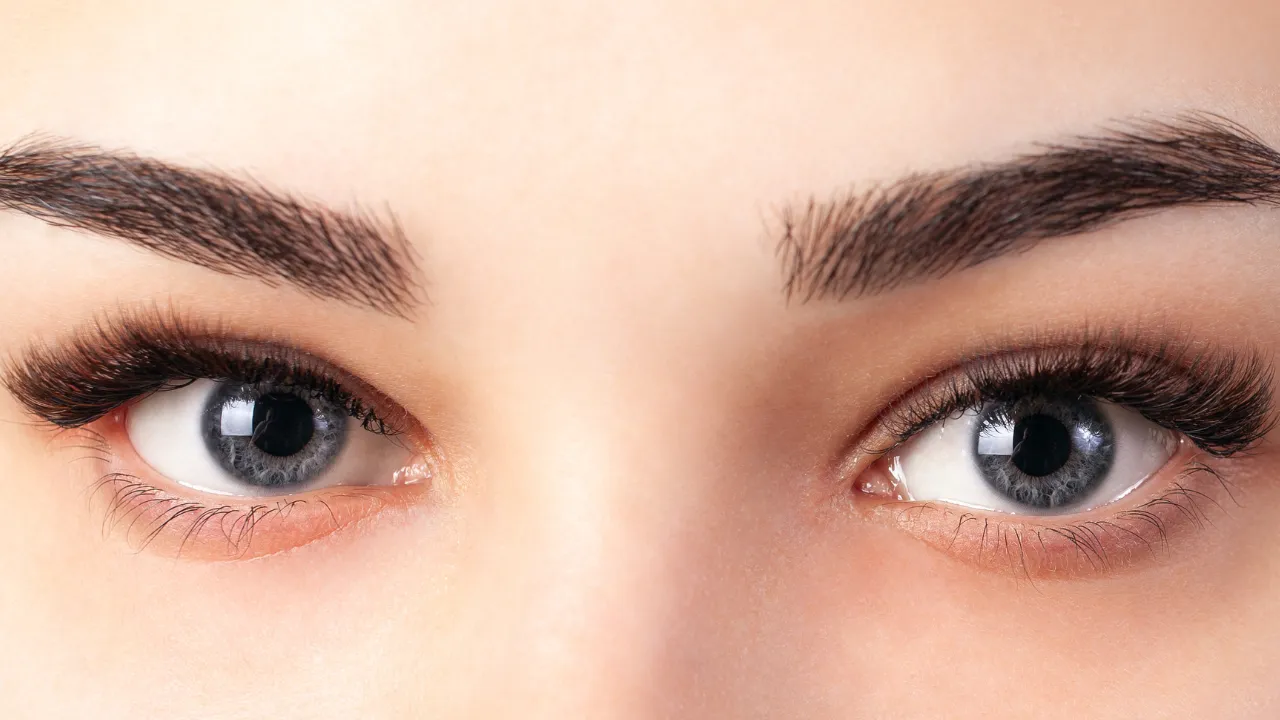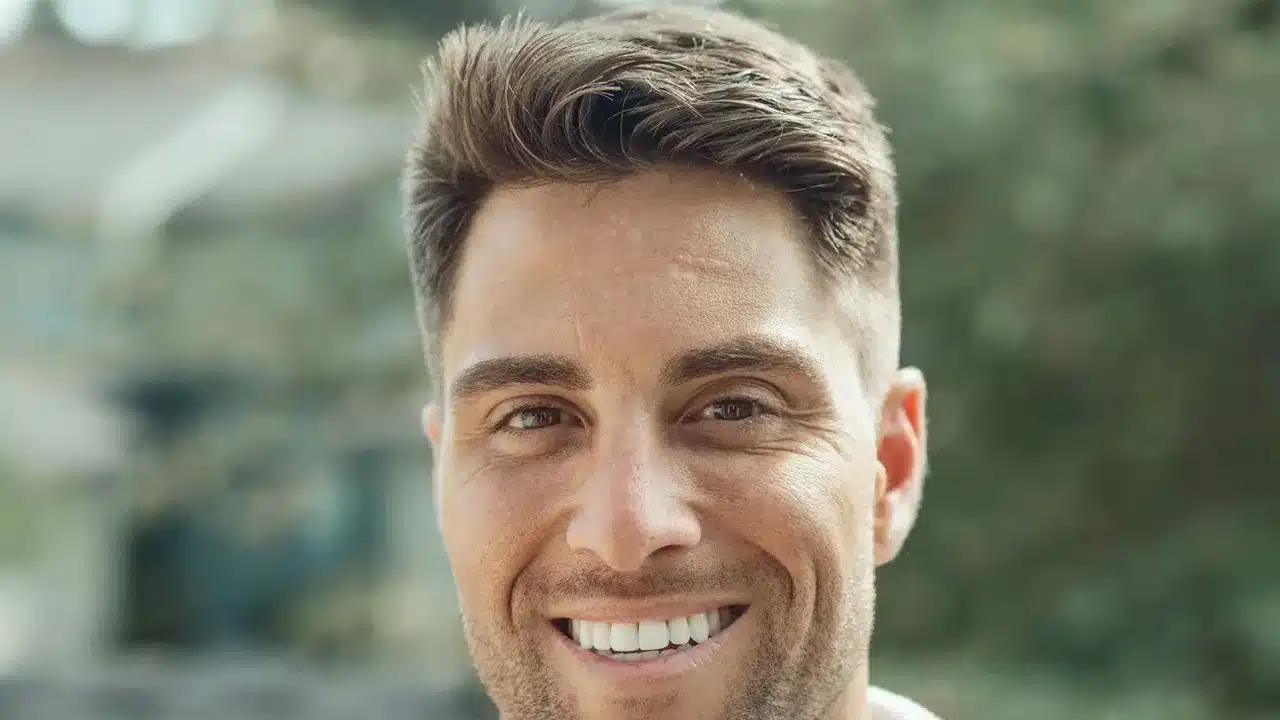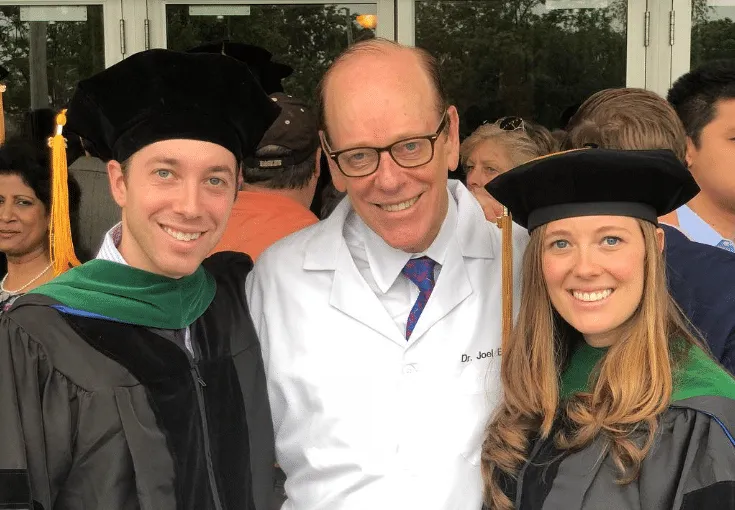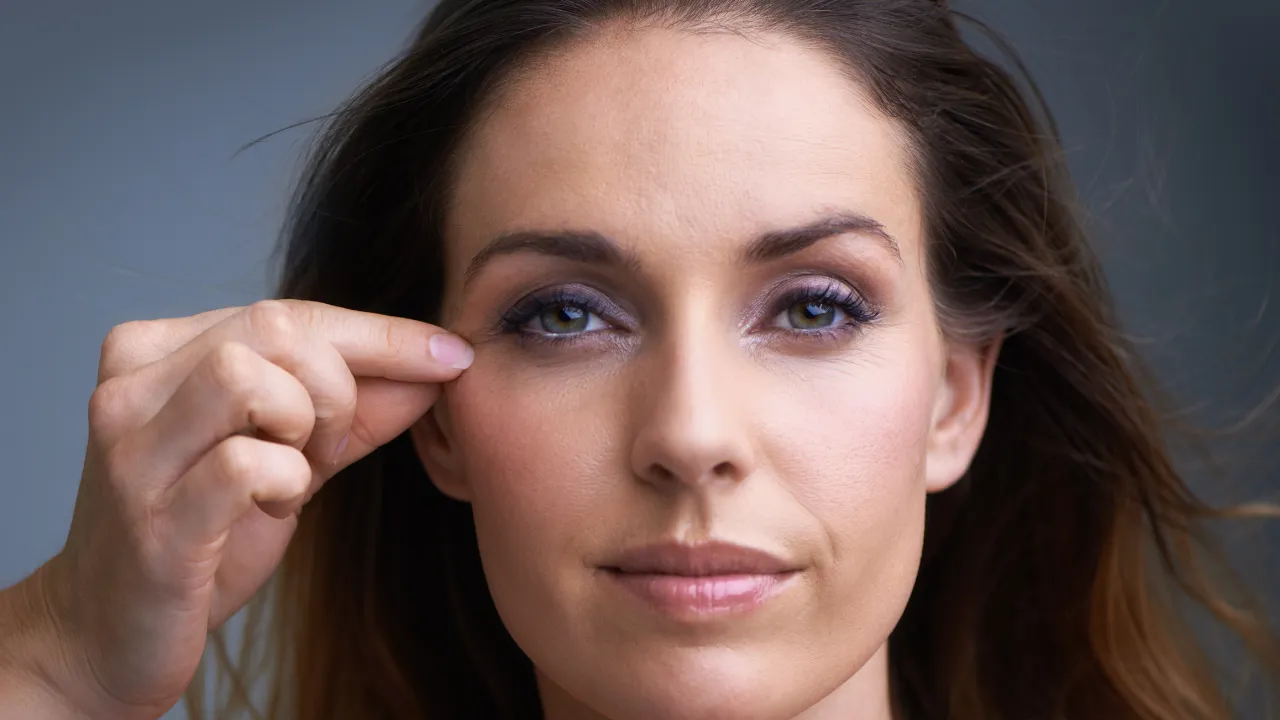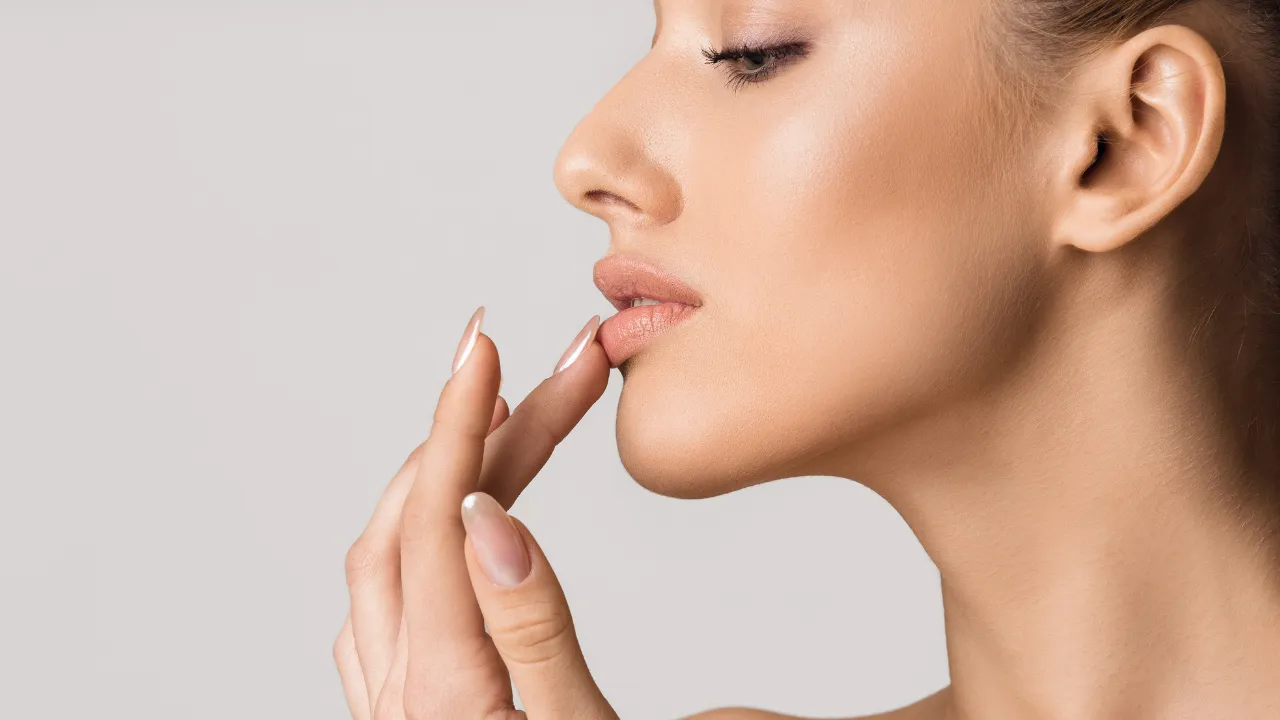Lower eyelid retraction surgery corrects a condition where the lower lid pulls downward, exposing more of the eye. At Kopelman Aesthetic Surgery, Dr. Joel Kopelman brings over 35 years of experience in oculoplastic and facial surgery to deliver effective, natural-looking results.
Key Takeaways
- Lower eyelid retraction surgery improves eyelid position, function, and comfort.
- Common causes include trauma, surgery, and thyroid eye disease.
- Techniques involve spacer grafts, canthoplasty, or midface lifting.
- Mild cases may respond to fillers or exercises.
- Dr. Kopelman specializes in complex, personalized care.
Table of Contents
ToggleUnderstanding Lower Eyelid Retraction
What Is Lower Lid Retraction and What Are the Types?
This condition occurs when the lower lid rests too low on the eye, exposing the white below the iris. Types include involutional (age-related), post-surgical, and paralytic (nerve-related). Each requires a different treatment plan.
Common Causes and Symptoms
Causes include blepharoplasty, trauma, and thyroid conditions. Symptoms range from dryness and discomfort to incomplete closure and visible sclera. Upper eyelid surgery history may increase risk.
You may feel eye irritation, wind sensitivity, or cosmetic concerns. These are common reasons patients seek consultation.
Causes by Type: Surgical, Traumatic, and Medical
Surgical causes often involve scarring after procedures. Trauma can damage lid support. Medical causes include thyroid disorders or facial palsy. Understanding the cause helps determine the right approach.
When Is Surgery Recommended?
Surgery is best for persistent symptoms or cosmetic imbalance. Common complaints include dry eye, excessive tearing, redness, or poor lid function. Non-surgical options help only in mild cases.
Surgical Treatment Options
Surgical Techniques (With and Without Canthoplasty)
Surgery may involve:
- Spacer grafts for eyelid elevation
- Midface lifts for cheek support
- Canthoplasty for lid tightening
Materials may include hard palate grafts or cartilage. Many patients also consider other facial plastic surgery procedures for combined results.
Lower lid retraction surgery is typically recommended when the condition affects both appearance and comfort. For patients with visible scleral show or difficulty closing the eyelid fully, surgical correction provides reliable improvement.
For moderate to severe cases, eyelid retraction repair can restore lid support, protect the eye surface, and improve aesthetics. This procedure is tailored to the individual’s anatomy and severity of retraction.
Safety, Risks, and Surgeon Selection
Surgery is low-risk when performed by a specialist. Dr. Kopelman is a board-certified oculoplastic surgeon with extensive experience in challenging and revision cases.
He often manages patients with previous surgeries. A tailored plan reduces complications and improves recovery.
What Are the Risks and Can It Be Revised?
Risks include scarring, asymmetry, or the need for adjustments. Scar tissue may complicate outcomes. Dr. Kopelman also performs revision surgeries with spacer grafts or midface lifts when needed.
Potential Complications and Long-Term Considerations
All surgeries carry some risks, and eyelid retraction repair is no exception. While most patients heal well, possible complications may include:
- Prolonged swelling or bruising
- Asymmetry or undercorrection
- Graft visibility or minor lid contour irregularities
Some patients may require a minor revision procedure after initial healing. Dr. Kopelman carefully plans every step to minimize complications and ensure predictable results.
Cost and Insurance Coverage
How Much Does Surgery Cost?
Cost varies based on the case. Most procedures range from $8,000 to $8,500 per eye. This includes anesthesia and facility fees.
What Affects Pricing and Coverage?
Factors include cause, technique, and whether one or both eyes are treated. Insurance may assist if the condition causes vision issues. Kopelman Aesthetic Surgery helps with documentation.
Recovery and Results
Recovery Timeline and Aftercare
Initial recovery takes 10–14 days. Bruising and swelling fade within two weeks. Use drops, elevate your head, and avoid heavy activity.
Before and After: What Changes Can You Expect?
Patients report improved comfort and appearance. The eyelid rests in a more natural position, and scleral show is minimized. See real patient outcomes in our before & after photo gallery.
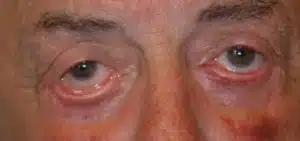
Expected Results: Short and Long Term
Results include better eye coverage, reduced irritation, and improved facial balance. Most patients seek a refined, almond shaped eye contour. Results are long-lasting and predictable.
Non-Surgical Alternatives
Lower Eyelid Retraction Exercises
Exercises may help mild cases. Options include:
- Blinking drills
- Lid closure holds
- Light resistance eye movements
These offer only temporary relief.
Fillers and Supportive Treatments
Fillers like hyaluronic acid restore volume. Moisture shields, taping, and lubricating drops may also help relieve discomfort. These are best for patients not yet ready for surgery.
How Do Surgical and Non-Surgical Options Compare?
Choose based on severity, goals, and prior treatments.
What to Expect as a Patient
Undergoing lower lid retraction surgery is both a physical and emotional journey. Many patients feel frustrated by how their eyes look or tired of dealing with irritation and dryness.
Dr. Kopelman ensures every patient is supported with clear communication, follow-up care, and personal guidance throughout recovery. Your comfort, safety, and satisfaction are priorities at every stage.
What Happens During a Consultation?
Consultations include eyelid measurements, imaging, and review of medical history. You’ll receive a custom surgical or non-surgical plan.
To begin your treatment journey, schedule a consultation or contact Dr. Kopelman’s office for details.
Frequently Asked Questions
Schedule a consultation with Dr. Kopelman today and receive expert, personalized care for your eyelid concerns.

